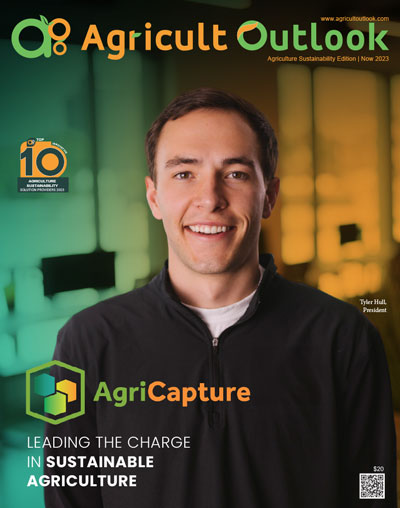GroundBreaking: A Story of Innovation, a new documentary meant to showcase the unique innovative power of the soybean, is officially set to premiere on A&E at 1 p.m. EDT. Tracing the 150-year long history of soybean, the stated documentary will feature experts diving into how soy unlocks sustainable, biobased alternatives, best-in-class performance, optimized nutrition for animals and humans alike, and a viable future to empower space exploration. Talk about the whole value proposition on a slightly deeper, in total, there will be stories derived from over 9 different locations, with over 15 experts likely to offer their thoughts on the component. Some of the stops include Skidway Island in Georgia, where the very first soybeans in America were brought over from China and planted by Samuel Bowen in the 1880s. Next up, the viewers will be taken to The Henry Ford Museum in Detroit, Here, as someone seeking a crop which had the potential to yield great industrial value to him, Henry Ford ended up creating a prototype soybean car in 1941, a car which literally had all the major exterior body panels made out of soy-based plastic. Once out of the Henry Ford Museum, viewers will get to visit the Farms in Arkansas and Indiana. Making these farms a significant constituent for the given documentary is their ability, as well as their track record, in regards to enhancing sustainability, reducing environmental impact, and improving plant health and animal diets.
“As a soybean farmer, our primary goal is to grow a crop that replenishes the soil and nourishes the world through food, feed and other renewable products,” said Jim Douglas, a soybean, corn and pig farmer from Indiana featured in the documentary. “The soybean’s increasing versatility, driven by our ability to innovate and collaborate with industry and academic partners, will allow me to pass this land down to my son and leave a legacy of sustainability driven by the next generation.”
Moving on, the documentary is even slated to reach Kansas, Alabama, Pennsylvania and Michigan. Across these areas, the idea is to explore how soy shows up at the KCBS World Invitational BBQ Contest, aquaculture farming at Auburn University, a Pittsburgh stains and coatings lab, and the Detroit Grand Prix. However, a far more notable part of the documentary would be its promise to conduct a Mars simulation at the Mauna Loa volcano in Hawaii. You see, this is where the Hawaii Space Exploration Analog and Simulation will explore soy as a crop that could potentially be used for future Mars missions by planting and researching soy in simulated Martian soil.
“On top of its many uses on Earth, the soybean’s potential on Mars is something we’re actively researching, due to its ability to grow in microgravity with very limited resources,” said Michaela Musilova, a Slovak astrobiologist currently operating at the Hawaii Space Exploration Analog and Simulation (HI-SEAS). “Soybeans are one of eight crops that could be used during long-duration space missions, and really serves as a Swiss Army knife due to its versatility.”
To further contextualize the significance of such an effort, we must acknowledge how just one acre of soybeans is enough protein and oil to produce animal feed for 800 pounds of boneless chicken (which could feed 10 people for a year), 50 gallons of renewable diesel fuel (enough for a semitruck to travel from NYC to Pittsburgh), and two years of an average person’s vegetable oil consumption. This is a big reason why soybean is currently United States’ number one agricultural export, producing one-third of global soy output and infusing around $124 billion to US economy.




